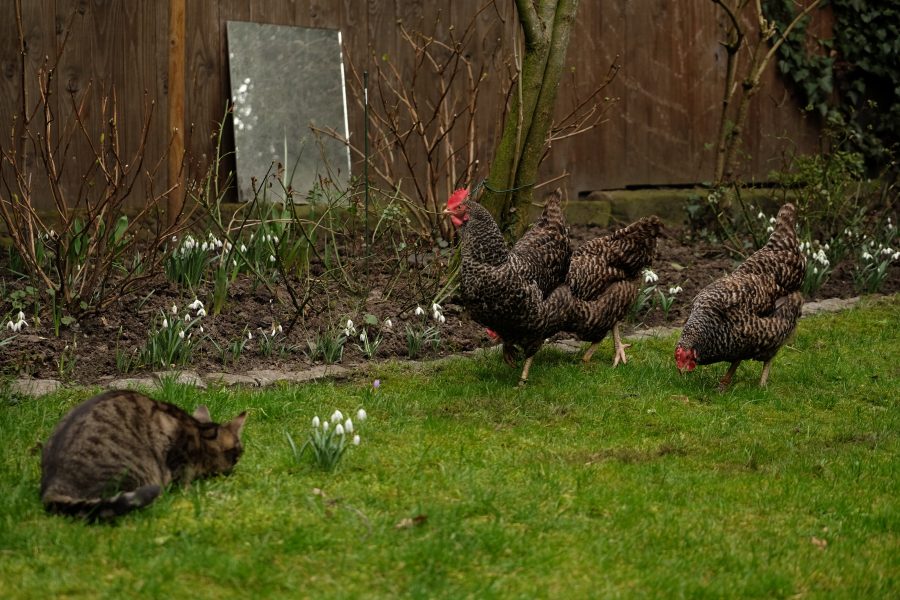Paul Donovan turns his attention to identifying when a bird is ill, through behaviour expression.
There are many ways in which behaviour can be defined, but basically, it can be summed up as; ‘the way in which an animal responds to a particular situation, or stimulus, and is observable and measurable’.
In other words, it is how an animal acts through the course of the day, and responds to the situations it encounters or, to an illness it may be suffering from. Making observations of behaviour, should be a natural part of the poultry keepers’ daily management routine, and you do not need to be an animal behaviourist to understand what your birds are doing, or even trying to tell you.
Behaviour can be viewed as a non-verbal language. The problem with chickens, however, is that they can be cunning, and will even go to the point of suppressing certain behaviours, in certain situations. For instance, over the period of time that we keep our birds, there is an assumption that they will become familiar with us, and act in a responsive way.
Although they may recognise us, they still perceive us as being a predator (that’s why they run away when you try and catch them), and will go to the extreme of suppressing certain behaviours, such as sickness, as it is a sign of weakness to a predator. As we know, a predator will single out the weakest individual amongst a group, so why advertise you are weak.
WHAT IS NORMAL BEHAVIOUR?
Before I look at sickness behaviour, it is worth looking at what ‘normal behaviour’ is, in order to try and differentiate the two. Normal behaviour is what can best be defined as; behaviours carried out in the daily course of their activities which contribute to their happiness, wellbeing, and health. These can include things such as foraging, dust bathing, preening, interacting with others, perching/roosting, etc. Such activities will indicate that the individual is healthy, content, and that its basic needs are being addressed.
This article extract was taken from Practical Poultry the Spring 2024 edition of The Country Smallholder. To read the article in full, you can buy the issue here.
To receive regular copies of The Country Smallholder magazine featuring more articles like this, subscribe here.
For FREE updates from the world of smallholding, sign up for The Country Smallholder newsletter here.








